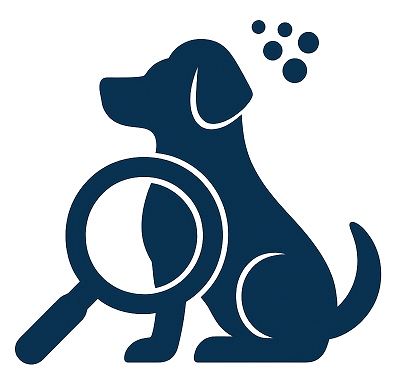
Understanding Counter Surfing
Counter surfing is a common behavior in dogs where they jump up onto kitchen counters or tables to snatch food or items. This behavior can be frustrating for dog owners and potentially dangerous for dogs if they consume something harmful. Understanding why dogs counter surf is the first step in addressing the issue effectively.
Why Do Dogs Counter Surf?
Natural Instincts
Dogs are natural scavengers. In the wild, their ancestors needed to search for food to survive. This instinct can manifest in domestic dogs as counter surfing, especially if the behavior leads to rewarding results like finding food.
Curiosity and Boredom
Dogs are curious creatures. They explore the world with their noses and mouths, and if they’re left alone or feeling bored, they may counter surf to explore and alleviate their boredom.
Learned Behavior
If a dog has successfully acquired food from a counter before, they learn that this behavior is rewarding. Each successful attempt reinforces the behavior, making it more likely to happen again.
Effective Tips to Stop Counter Surfing
Addressing counter surfing requires a combination of prevention, training, and management strategies. Here are some effective tips to help stop your dog from counter surfing:
1. Keep Counters Clear
The simplest way to prevent counter surfing is to remove the temptation. Keep your counters free of food, crumbs, and enticing items. Store food in cupboards or the refrigerator and ensure that any food left unattended is out of your dog’s reach.
2. Provide Adequate Exercise and Mental Stimulation
A well-exercised dog is less likely to engage in undesirable behaviors out of boredom or excess energy. Ensure your dog receives adequate physical exercise through walks, playtime, or agility training. Mental stimulation is equally important; provide puzzle toys, interactive feeders, and training sessions to keep your dog’s mind engaged.
3. Use Management Tools
If your dog is persistent, consider using management tools to prevent access to counters. Baby gates can keep your dog out of the kitchen when you’re not around to supervise. Alternatively, you can use kitchen barriers or closed doors to limit their access.
4. Teach the “Leave It” Command
Training your dog to understand and respond to the “leave it” command can be incredibly useful. Start by practicing this command with low-value items, gradually increasing the difficulty as your dog becomes more reliable. Consistent training can help your dog resist the temptation to grab items from the counter.
5. Reward Good Behavior
Positive reinforcement is a powerful tool in behavior modification. Reward your dog for staying on the floor or ignoring food on the counter. Use treats, praise, or playtime as incentives for good behavior. This approach helps reinforce the idea that staying off the counter is more rewarding than counter surfing.
6. Use Deterrents
Some owners find success using deterrents to discourage counter surfing. These can include placing double-sided tape or aluminum foil on counters, which can create an unpleasant sensation or noise when your dog attempts to jump up. However, ensure that any deterrents used are safe and do not cause harm or excessive stress to your dog.
7. Supervise and Interrupt
Supervision is key during the training process. If you catch your dog in the act of counter surfing, calmly interrupt the behavior and redirect their attention to a more appropriate activity, such as playing with a toy or practicing obedience commands.
8. Consistency is Key
Consistency is crucial when modifying behavior. Ensure that all family members and anyone who interacts with your dog are consistent in enforcing rules and training. Mixed messages can confuse your dog and prolong the training process.
Understanding Your Dog’s Needs
It’s essential to understand that counter surfing is not a sign of a bad dog but rather a dog acting on natural instincts and learned behaviors. Addressing the underlying needs for mental stimulation, exercise, and consistent training can significantly reduce the likelihood of counter surfing.
When to Seek Professional Help
If counter surfing persists despite your best efforts, or if your dog displays signs of anxiety or aggression, consider seeking the help of a professional dog trainer or behaviorist. They can provide tailored advice and support to address more complex behavioral issues.
Conclusion
Counter surfing can be a challenging behavior to manage, but with patience, consistency, and the right strategies, it is possible to curb this habit. By understanding your dog’s motivations and providing a structured environment with positive reinforcement, you can reduce the allure of counter surfing and promote a harmonious living space for both you and your furry friend.
Remember, effective communication and training strengthen the bond between you and your dog, leading to a happier and more well-behaved pet.













